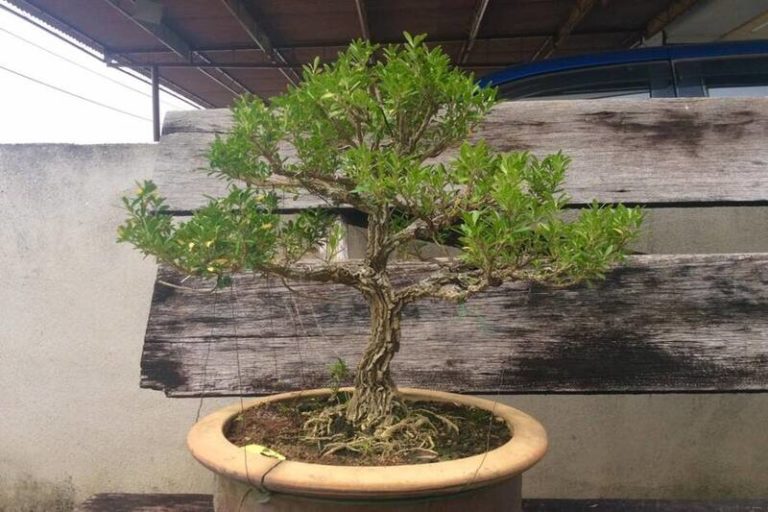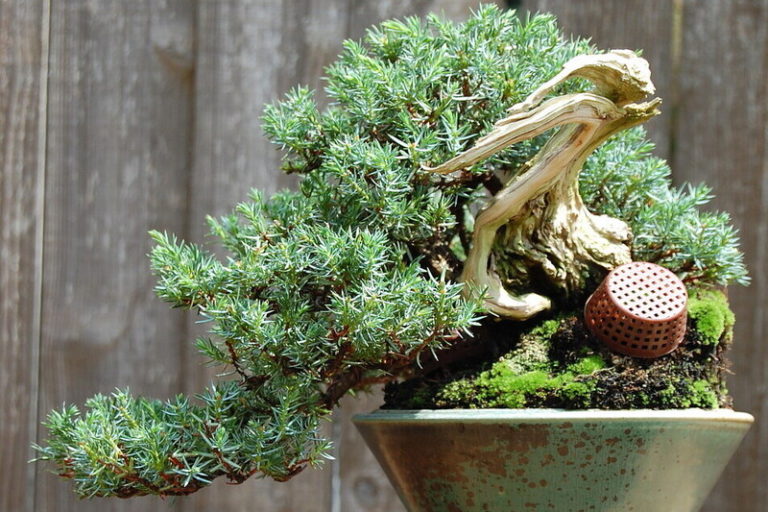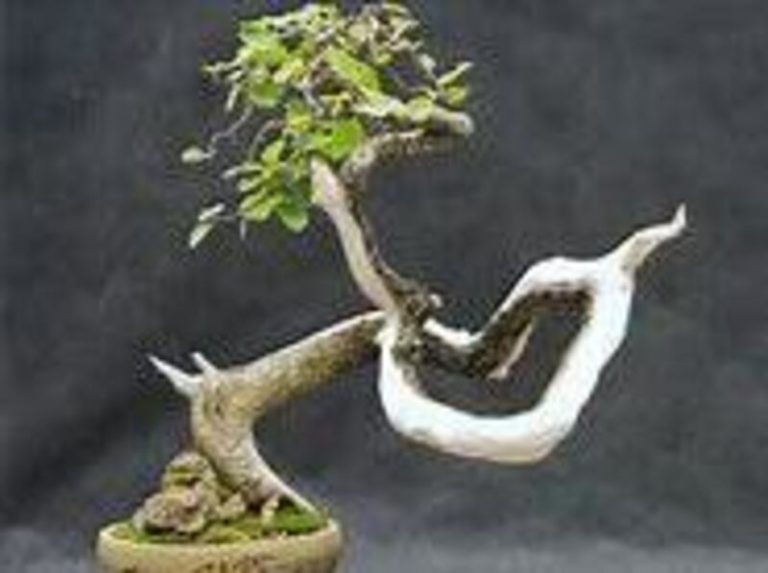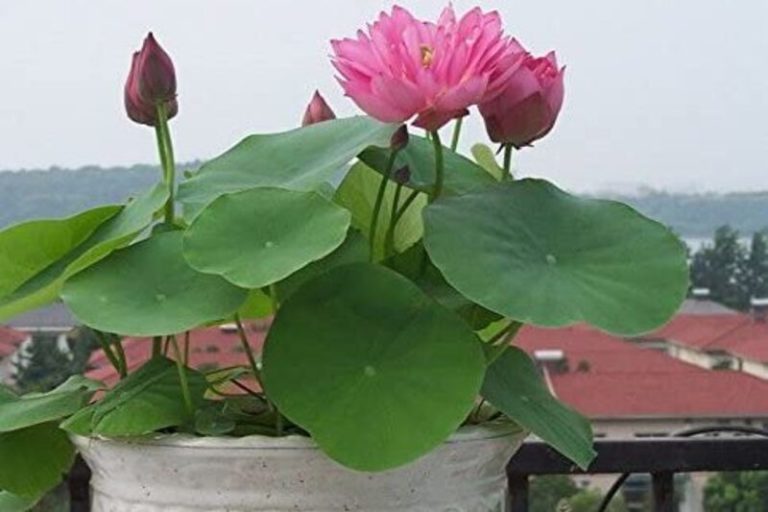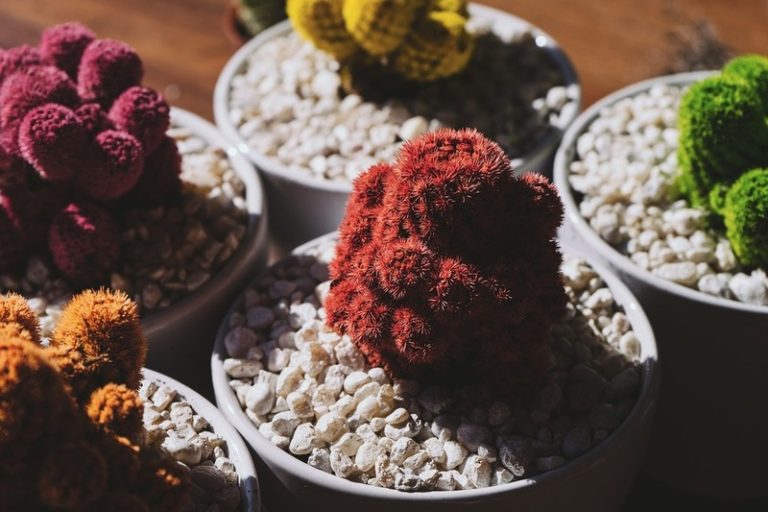Anubias Bonsai: A Miniature Beauty for Your Aquascape
Anubias Bonsai might be the right plant for you if you want to add some greenery to your tank. This plant has a unique look and is a popular choice among people who like to keep aquariums. In this article We’ll talk about what Anubias Bonsai is, how it can help your tank, and how to take care of it in this piece.
What is an Anubias Bonsai?
Anubias Bonsai is a small version of the African plant Anubias, which grows in water. It has been grown to look like a bonsai and stay small, only growing to about 10cm tall. It is a hardy plant that grows slowly and can respond to different lighting and water conditions.
This makes it a popular choice for tank hobbyists. Anubias Bonsai can help tanks by adding air, making them look better, giving fish a place to hide, and cleaning the water of harmful chemicals.
History and Origins of Anubias Bonsai
Anubias Bonsai is a small version of the African water plant Anubias. It has been bred to look like a bonsai and to stay small, growing to about 10 cm tall. It is a hardy plant that grows slowly and can adjust to different lighting and water conditions. This makes it a popular choice among tank lovers. Anubias Bonsai can help tanks by adding air, making them look better, giving fish a place to hide, and getting harmful chemicals out of the water.
The Anubias plant has been around for a long time and is thought to have been used as medicine in Africa for hundreds of years. Anubias has been a popular choice for tank lovers for many years because it is hardy and looks nice.
The fact that tank producers came up with Anubias Bonsai shows how creative and smart they are. They are always looking for new ways to make aquariums look better and work better. Anubias bonsai are a popular choice among hobbyists and can be found in ponds all over the world.
Anubias Bonsai and its Symbolism
Anubias Bonsai is a popular aquatic plant that is known for its aesthetic appeal and symbolism in various cultures. Here are a few examples of the symbolism associated with Anubias Bonsai:
1. Ancient Egyptian Symbolism: In ancient Egyptian legend, the god Anubis had a jackal’s head and was connected to mummification and the afterlife. People say that the Anubias plant was named after this God because it is connected to death and rebirth. The Anubias plant was also seen as a sign of luck and safety in Egyptian society.
2. Japanese Symbolism: In Japan, bonsai is a traditional art form that involves growing small trees in containers. The practice is said to promote inner peace and reflection. Anubias Bonsai is a popular choice among bonsai enthusiasts due to its small size and aesthetic appeal. In Japanese culture, bonsai is also associated with discipline, patience, and perseverance.
3. Aquarium Symbolism: Anubias Bonsai is often used in the interest of keeping aquariums to make peaceful and natural settings for the fish. People say that the plant’s slow growth and hardiness mean that it is strong, resilient, and will live a long time. Also, the plant’s ability to take toxins from the water shows how important it is to keep an aquarium environment healthy and balanced.
Overall, Anubias Bonsai is a plant that is rich in symbolism and is valued for its aesthetic appeal and functional benefits in aquariums. Whether you are interested in ancient mythology, traditional art forms, or aquarium keeping, Anubias Bonsai is a plant that can offer something for everyone.
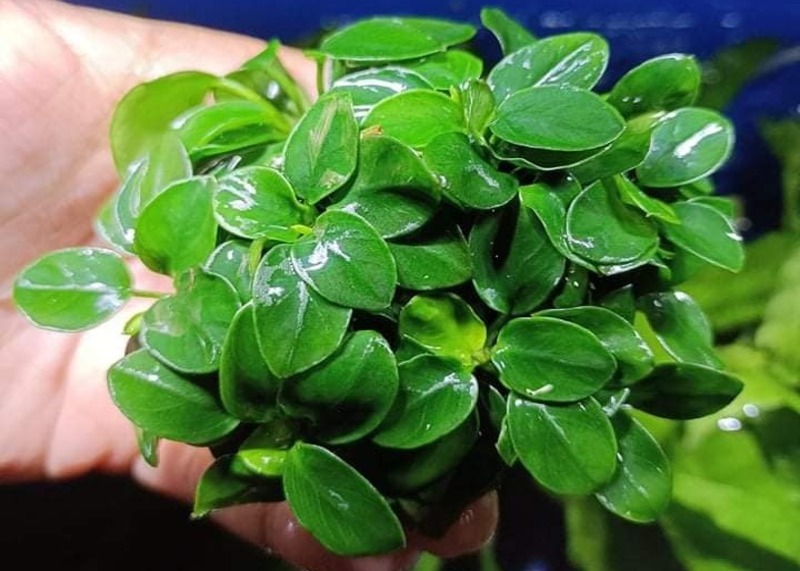
Characteristics of the Anubias Bonsai
Anubias Bonsai is a unique and popular aquatic plant that possesses several distinct characteristics, which make it a favorite among aquarium hobbyists. Here are some of the key characteristics of Anubias Bonsai:
Size: Anubias Bonsai is a small version of the Anubias plant that only grows to about 10 cm tall. It’s a great choice for small tanks or aquascapes because of this.
Appearance: Anubias Bonsai looks like a bonsai because its leaves are small and delicate and grow in a rosette shape. Most of the time, the leaves are dark green and have a shiny, waxy feel. The roots of the plant grow slowly, and they often grow around rocks or logs in the tank.
Hardiness: Anubias Bonsai is a hardy and slow-growing plant that can adapt to a variety of water conditions and lighting environments. It can tolerate low light and low nutrient levels, making it an ideal choice for beginners.
Functionality: Anubias Bonsai is not only pretty to look at, but it also has a lot of uses in the tank. It gives fish and other sea creatures a place to live, gets rid of waste, and lets air into the water. This keeps the water steady and healthy.
Overall, Anubias Bonsai is a unique and flexible water plant with a lot of different qualities that make it a great choice for tank hobbyists of all skill levels.
How to Grow an Anubias Bonsai
Anubias Bonsai is a unique and popular aquatic plant that possesses several distinct characteristics, which make it a favorite among aquarium hobbyists. Here are some of the key characteristics of Anubias Bonsai:
- Size: Overall, Anubias Bonsai is a unique and flexible water plant with a lot of different qualities that make it a great choice for tank hobbyists of all skill levels.
- Appearance: Anubias Bonsai looks like a bonsai because its leaves are small and delicate and grow in a rosette shape. Most of the time, the leaves are dark green and have a shiny, waxy feel. The roots of the plant grow slowly, and they often grow around rocks or logs in the tank.
- Hardiness: Anubias Bonsai is a hardy and slow-growing plant that can adapt to a variety of water conditions and lighting environments. It can tolerate low light and low nutrient levels, making it an ideal choice for beginners.
- Functionality: Anubias Bonsai is not only pretty to look at, but it also has a number of uses in the tank. It gives fish and other marine animals a place to live, removes waste from the water, and releases air. This helps keep the water healthy and balanced.
Overall, Anubias Bonsai is a unique and flexible water plant with a lot of different qualities that make it a great choice for tank hobbyists of all skill levels.
Benefits of Anubias Bonsai
Anubias Bonsai is not only aesthetically pleasing but also offers several benefits for aquarium hobbyists. Here are some of the key benefits of Anubias Bonsai:
- Oxygenation: Anubias Bonsai is an aquatic plant that gives off oxygen during photosynthesis. This helps keep the environment of a tank healthy and balanced. This is very important for fish and other animals that live in water and need air to live.
- Natural Filtration: Anubias Bonsai can get rid of harmful chemicals in the water, which keeps the tank clean and healthy. The plant takes in dangerous gases like ammonia and nitrates and turns them into food that other plants in the tank can use.
- Aesthetic Appeal: Anubias Bonsai is a beautiful and unique plant that can enhance the aesthetic appeal of an aquarium. Its miniature size and bonsai-like appearance make it an excellent choice for small aquariums or aquascapes.
- Fish Habitat: Anubias Bonsai provides shelter and hiding places for fish and other aquatic animals. The plant’s roots provide a natural habitat for smaller fish, and the leaves provide cover and shade for larger fish.
- Easy to Maintain: Anubias Bonsai is a hardy and slow-growing plant that requires minimal maintenance. It can tolerate a wide range of water conditions and lighting levels, making it an excellent choice for beginners.
Overall, Anubias Bonsai is a versatile and beneficial plant that can enhance the health and beauty of an aquarium. Whether you are looking to oxygenate the water, provide a natural habitat for fish, or create a beautiful aquascape, Anubias Bonsai is a plant that can offer many benefits for aquarium hobbyists of all levels.
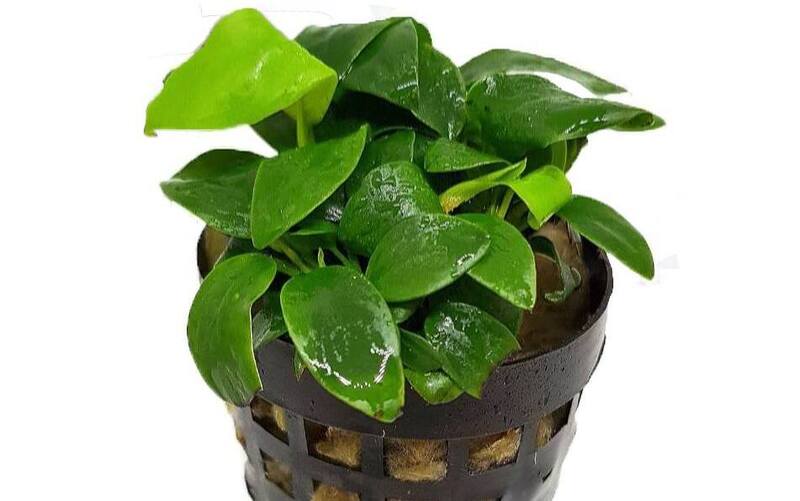
Styling and Design of Anubias Bonsai
Anubias Bonsai is a versatile aquatic plant that can be styled and designed in many ways to create unique and beautiful aquascapes. Here are some popular styling and design techniques for Anubias Bonsai:
Bonsai Tree Style: As the name suggests, Anubias Bonsai can be styled to resemble a miniature bonsai tree. This involves trimming the plant’s leaves and roots to create a miniature tree shape. This style is often used in small aquariums or terrariums.
Driftwood Attachment: Anubias Bonsai can be attached to driftwood to create a natural and rustic look. The plant’s roots can be attached to the driftwood using fishing line or aquarium-safe glue. This style is often used in larger aquariums or aquascapes.
Rock Attachment: Anubias Bonsai can also be attached to rocks to create a natural and rocky look. The plant’s roots can be wrapped around the rock and secured using fishing line or aquarium-safe glue. This style is often used in medium-sized aquariums or aquascapes.
Planted Aquarium: Anubias Bonsai can be planted in groups to create a lush and vibrant aquascape. The plant can be planted in a substrate or attached to rocks or driftwood to create a natural look. This style is often used in larger aquariums or aquascapes.
Mixed Planting: An Anubias Bonsai can be put together with other water plants to make an aquascape that is both unique and interesting. The plant’s unique look and feel can make other plants in the tank stand out and look more real. This style is often used in aquariums or aquascapes that are middle to big in size.
Overall, Anubias Bonsai is a versatile and beautiful aquatic plant that can be styled and designed in many ways to create unique and beautiful aquascapes. Whether you prefer a natural and rustic look or a lush and vibrant aquascape, Anubias Bonsai is a plant that can be used to create stunning aquatic designs.
How to Care for Anubias Bonsai
Caring for Anubias Bonsai is relatively easy and straightforward, making it a popular choice among aquarium hobbyists. Here are some key care tips for Anubias Bonsai:
- Lighting: Anubias Bonsai does not require intense lighting and can thrive in low to moderate lighting conditions. However, it’s important to avoid placing the plant in direct sunlight as it can cause the leaves to burn.
- Water Quality: Anubias bonsai prefers pure, well-circulated water between pH 6.0 and 7.5. The plant can tolerate a wide range of water conditions, but it’s important to prevent abrupt shifts in water temperature and pH, which can cause plant stress.
- Substrate: Anubias Bonsai does not need a certain type of ground. It can be grown in sand, gravel, or aquatic soil, among other things. But you shouldn’t bury the plant’s root in the ground, because that can cause the plant to rot.
- Fertilization: Anubias Bonsai does not require frequent fertilization and can obtain nutrients from fish waste and decaying matter in the aquarium. However, adding liquid fertilizer or root tabs every few months can help promote growth and keep the plant healthy.
- Pruning: Anubias Bonsai is a slow-growing plant that requires minimal pruning. However, it’s important to trim any dead or decaying leaves to prevent them from affecting the rest of the plant.
- Propagation: Anubias Bonsai can be propagated by dividing the rhizome or by cutting off a leaf with a small portion of the rhizome attached. The new plant can then be attached to driftwood or rocks using fishing line or aquarium-safe glue.
Overall, Anubias Bonsai is a hardy and low-maintenance plant that requires minimal care. By following these care tips and providing the plant with a suitable environment, Anubias Bonsai can thrive and add beauty to any aquarium.
Anubias Bonsai Care Sheet
| Aspect | Care Tips |
| Lighting | Prefers low to moderate lighting conditions. |
| Water Quality | Prefers clean and well-circulated water with a pH range of 6.0 to 7.5. |
| Substrate | Can be planted in a variety of substrates. |
| Fertilization | Does not require frequent fertilization, but can benefit from occasional liquid fertilization or root tabs. |
| Pruning | Requires minimal pruning, but trim any dead or decaying leaves. |
| Propagation | Can be propagated by dividing the rhizome or cutting off a leaf with a small portion of the rhizome attached. Attach the new plant to driftwood or rocks using fishing line or aquarium-safe glue. |
Remember, Anubias Bonsai is a hardy and low-maintenance plant that can thrive with minimal care. By following these care tips and providing the plant with a suitable environment, Anubias Bonsai can add beauty to any aquarium.
Conclusion
Anubias Bonsai is a pretty and useful plant that can help your tank in many ways. It is easy to take care of and gives your water pets a calm and natural place to live. Anubias Bonsai is a great choice for any tank, no matter if you have done this before or not.
FAQ:
Q: What is Anubias Bonsai?
A: Anubias Bonsai is a miniature version of the Anubias plant, commonly used in aquariums as an aquatic plant. It has small, compact leaves and a bonsai-like appearance.
Q: How do I care for Anubias Bonsai?
A: Anubias Bonsai prefers low to moderate lighting conditions, clean and well-circulated water, and can be planted in a variety of substrates. It does not require frequent fertilization and pruning, and can be propagated by dividing the rhizome or cutting off a leaf with a small portion of the rhizome attached.
Q: Can Anubias Bonsai be grown in an aquarium?
A: Yes, Anubias Bonsai is commonly used as an aquarium plant. It can be planted directly into the substrate or attached to hardscape such as driftwood or rocks using fishing line or aquarium-safe glue.
Q: What is the ideal temperature for Anubias Bonsai?
A: Anubias Bonsai can tolerate a wide range of water temperatures, but the ideal range is between 72°F and 82°F (22°C to 28°C).
Q: How fast does an Anubias Bonsai grow?
A: Anubias Bonsai is a slow-growing plant and can take several months to show significant growth. However, with proper care, it can thrive and produce new leaves over time.
Q: Can Anubias Bonsai grow in low light conditions?
A: Yes, Anubias Bonsai can grow in low to moderate lighting conditions. However, it may grow more slowly than under higher light conditions.
Also Read:



